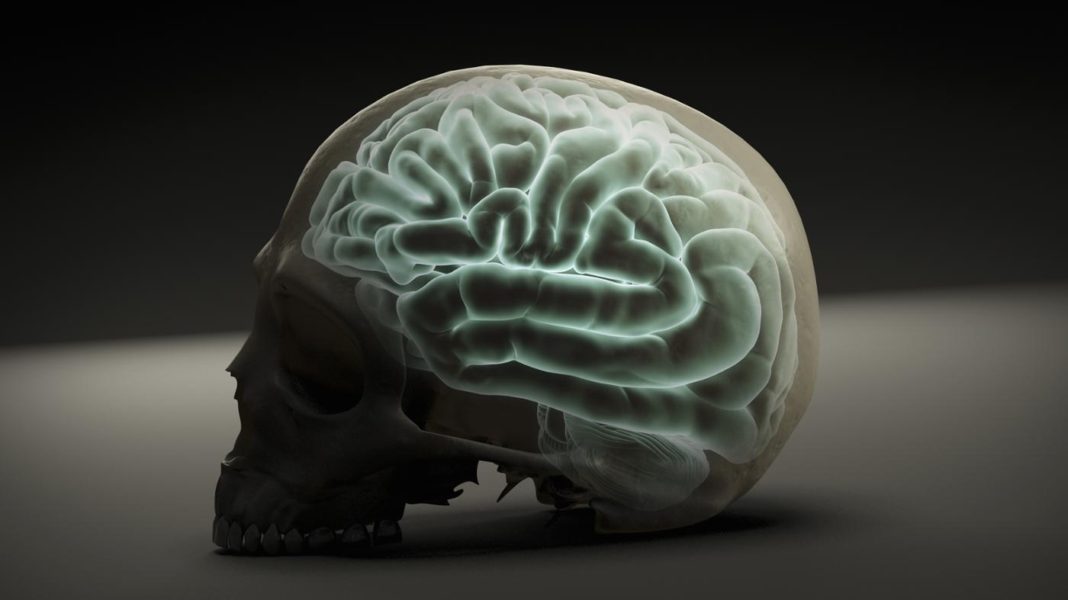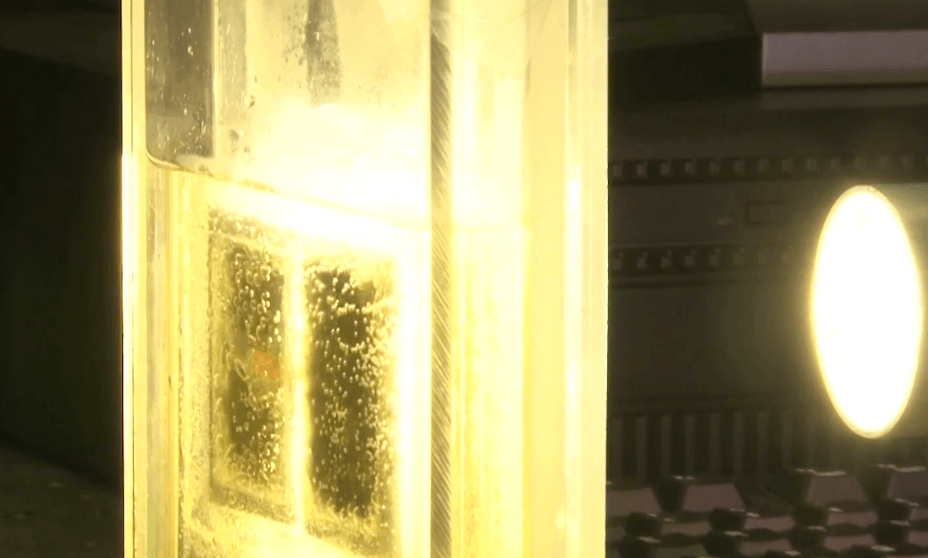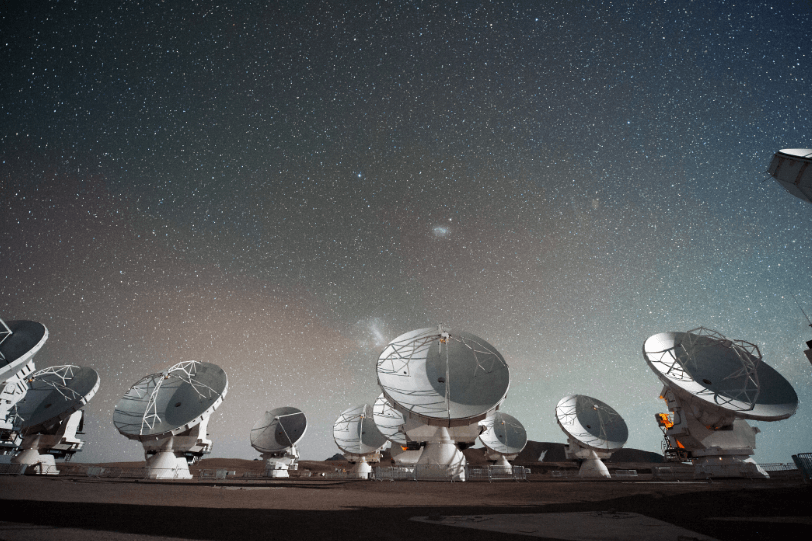Research carried out suggests that no more than an algorithm is needed in order to replicate a human person’s way of thinking, and is the key to true artificial intelligence. These findings were confirmed in a recent paper published in the journal Frontiers in Systems Neuroscience and were found to be in connection with the “Theory of Connectivity,” where human intelligence is based on a logic of the power of two algorithms that can create general knowledge, perceptions, actions, and memories.
This theory largely supports the fact that the way in which we acquire and process knowledge can be defined through the interaction and alignment of different neurons within the brain. The logic algorithm proposed in the paper is N=2i-1, and it corresponds to how similar groups of neurons all join forces to tackle tasks such as recognizing threats, shelter, and food. These cliques of neurons then cluster together to form functional connectivity motifs (FCMs). In order for the researchers to be able to decide how many cliques are needed to create an FCM, they analyzed the results of how well the algorithm performed in seven different regions of the brain.
The team managed to document a total of 15 unique combinations of neuron clusters in the end. The scientists stated, “The fundamental mathematical rule even remained largely intact when the NMDA receptor, a master switch for learning and memory, was disabled after the brain matured.” This research is a fantastic way to get a true insight into the workings of the brain and will hopefully be applied to further AI projects shortly.
More News To Read
- Autism and Alan Turing Pave the Way for Cybersecurity Solutions
- Scientists Have Developed a Way to Convert Nuclear Power Plant Waste into Sustainable Diamond…
- As 3D Printing Takes Off, Who Are The Leaders in the Software Market?
- Apple Takes the Biscuit With New Smart Collar for Dogs
- Revolutionizing the World with Genetic Material Computers











